OF THE
TIMES
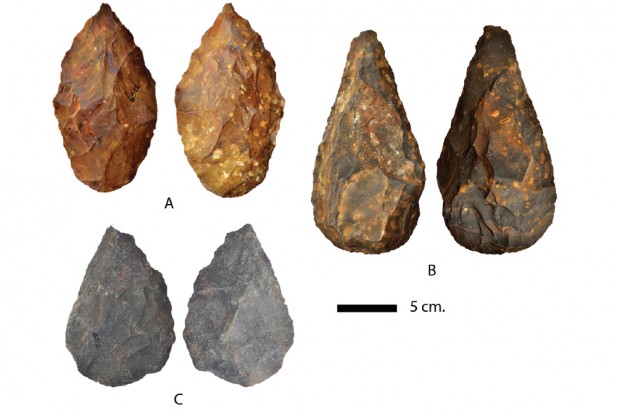
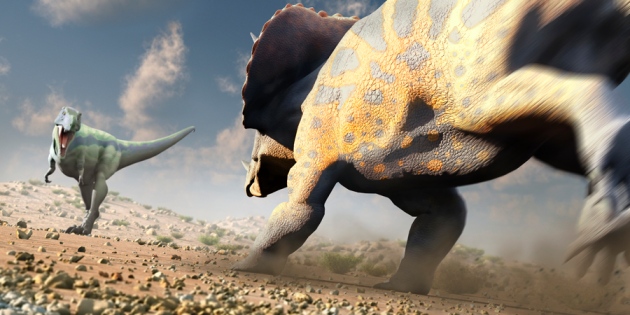
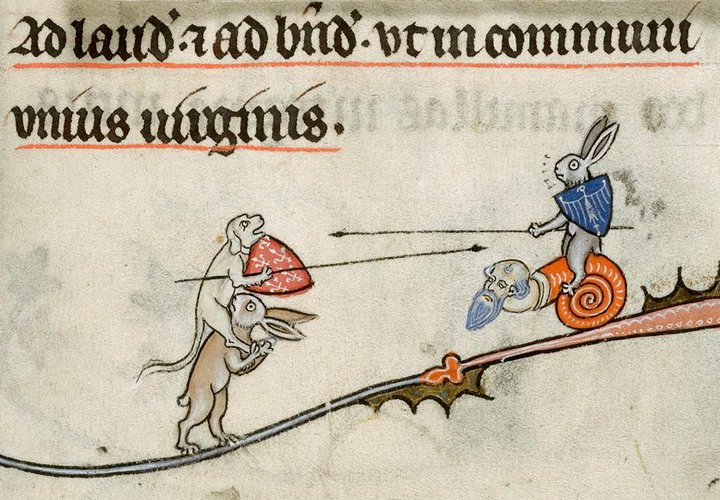

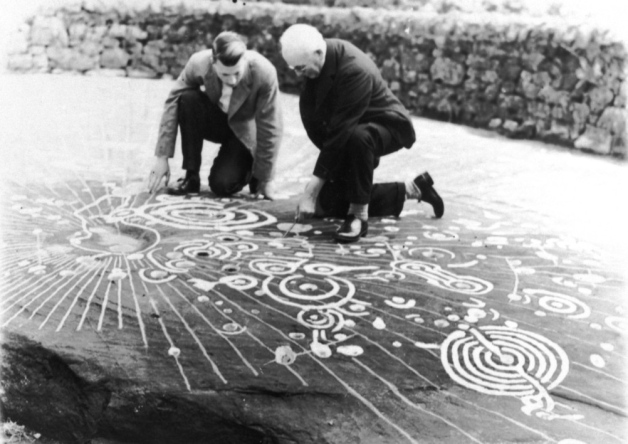
Questioning is the most important aspect of science, and that is a direct threat to authority, and ironically scientists and the science institutions have become authorities and churches. They have become our priests of the modern era. Whatever the priest with the biology hat says must be true about life. Whatever the priest with the physics hat says must be taught as facts. . . Science is no longer serving the purpose of discovering truth. It has become the main method of control. Governments have always kept people in line by collaborating with certain institutions. It used to be organized religion, where there basically was no difference between state and religion. Now, there is no difference between science and state. Why? Because of where the funding comes from.This 'scientific' paradigm is not meant to heal humanity, it is meant to keep it sick. It is meant to keep us as consumers - of drugs, of petro-guzzling cars, of toxic products that none of us needs. An old survey from the EPA estimates that 7.6 billion tons of industrial wastes from 60,000 businesses are generated. Most of these wastes are in the form of waste waters (97%), but they fill our air, our soil, and everything from shampoo to crayons.
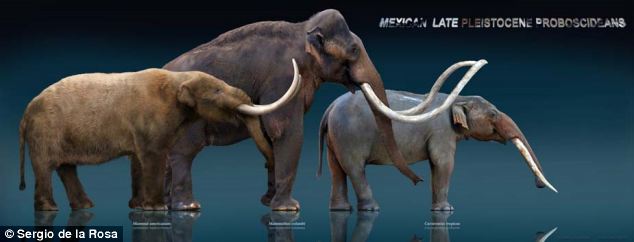
Comment: One can detect shades of teleology and information theory in Earth history. For more background,read Earth Changes and the Human Cosmic Connection: The Secret History of the World - Book 3 by Pierre Lescaudron and Laura Knight-Jadczyk